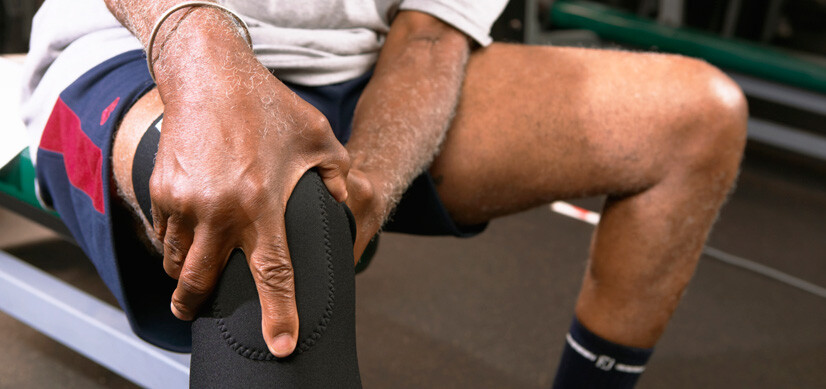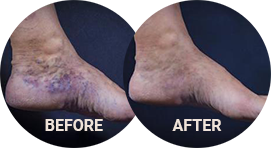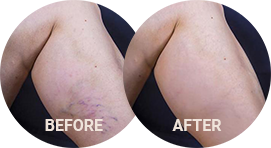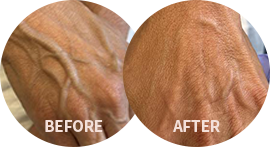Do you ever notice swelling in your legs and feet by the end of a long day? Maybe you can see the swelling, or you might just notice that your socks and shoes are a bit snugger than when you started in the morning.
If this describes your legs, you could be struggling with one of several conditions that cause a buildup of fluid in the lower legs and feet. Dr. Naar and our team at Premier Vein Clinic want you to know that these conditions are both preventable and treatable. Here are a few of the conditions that might be causing your symptoms.
Thrombophlebitis
If your swelling is limited to one leg, you might have a serious condition known as thrombophlebitis, which causes a blood clot to form in a vein in your leg. If the clot is close to the surface of your skin, it’s known as superficial thrombophlebitis. However, if it’s deeper into the muscle, it’s called a deep vein thrombosis (DVT) and can be a life-threatening event. Both of these conditions can form because of immobility, a blood clotting disorder, or an injury to the vein.
If the clot is superficial, you’ll notice tenderness in the affected leg, along with warmth, swelling, and redness that might appear to be a thick cord just under the surface of your skin. If you have a DVT, you’ll experience pain and swelling in the affected leg.
Both thrombophlebitis and DVT can have serious consequences, so call our office right away if you think you might have either vein condition.
Varicose Veins
Do you have twisted or bulging veins in your legs? If so, these are called varicose veins and may appear purple or blue in color. Veins, which are blood vessels that take blood back to your heart, have valves that close to keep blood from going backwards. Varicose veins are caused when the valves in your leg veins are damaged or weakened. This weakness allows blood to pool in the legs, enlarging the veins instead of being pumped back to your heart.
A few factors place you at a higher-than-usual risk for developing varicose veins:
- Hormonal changes associated with being a woman
- Family history of varicose veins
- Increased blood volume during pregnancy
- Added pressure from obesity
- Sitting or standing for a long time
Normal wear and tear caused by aging also contributes, so your risk rises as you grow older.
If you have varicose veins, you might experience pain, achiness, or heaviness in your lower legs. You might also have itchiness around the veins, skin discolorations, muscle cramps, or swelling in your legs.
Treatment for Leg Swelling
If you have prolonged swelling or severe pain, it’s best to make an appointment with our team for a thorough exam. However, there are a handful of lifestyle changes you can make on your own that can ease the swelling in your legs.
First, limit the amount of salt in your diet, because sodium can cause you to retain fluid, which can pool in the lower extremities. You can also wear compression stockings that help to increase the blood flow back to your heart and minimize swelling.

If you’re sitting in one position for a long time, be sure to prop your feet up if possible, or take frequent breaks to stand and walk around to minimize the risk of blood clot formation. When flying, stand or walk about the cabin when you can. If this isn’t possible, do ankle pump exercises in which you point your toes down and then alternate pointing your toes up to the sky. This increases blood flow and decreases fluid retention.
If you’re struggling with swelling in your legs that hasn’t gone away, is severely painful, or doesn’t get better with these tips, call our office in Westlake, Ohio, to schedule a visit with Dr. Naar. Or you can request an appointment using the button on this website.





